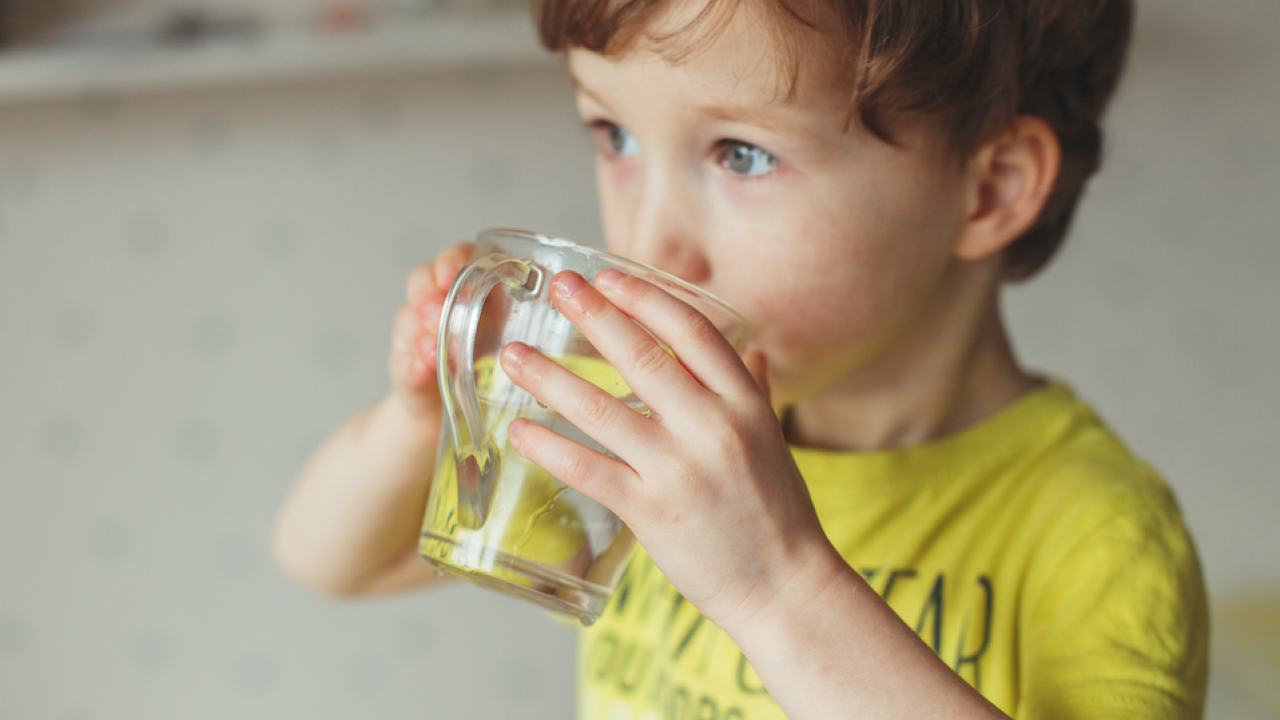
Every day more toxic nonstick chemicals are being discovered in our water, food and homes. Investigation of the expanding crisis shows that the chemicals continue to threaten our children’s health, disrupting their hormones, reducing the effectiveness of vaccines and more. It’s essential that we limit how much we and our kids are exposed to.
What are PFAS chemicals?
Per- or polyfluoroalkyl substances, or PFAS, are a family of thousands of chemicals used to make nonstick – water-, grease-, and stain-repellent – coatings for a vast array of consumer goods and industrial applications. These chemicals are notoriously persistent in the environment and the body, and some have been linked to serious health hazards.
Why do we care?
These so-called nonstick chemicals actually stick around for a very long time, if not indefinitely, in the environment and in people. Their presence has been linked to a variety of health harms, including increased cholesterol, multiple cancers and weight gain. They pose additional risks for children. PFAS has been linked to low birth weight, endocrine disruption – particularly harmful in kids who are still developing – and weakened childhood immunity. A recent review by EWG scientists showed multiple studies connecting PFAS to reduced effectiveness of tetanus and measles vaccines in children.
Where are they?
PFAS chemicals are added to some personal care products, clothing and fabrics, food packaging, and cookware. They’re found in high concentrations in firefighting foams used at airports and military bases. These substances end up in the environment after being thrown away, rinsed off or used up. Industrial facilities discharge them into air and water.
Because PFAS chemicals don’t break down, they spread. Eventually, these chemicals end up in our homes and bodies and in our children’s bodies. PFAS has been detected in food, and up to 110 million Americans could have PFAS-contaminated drinking water. Because exposure is so widespread, babies are born with detectable levels of PFAS already in their blood. EWG tests showed multiple PFAS compounds in the umbilical cord blood of all 20 babies tested.
What can we do?
The expanse of the PFAS crisis may feel insurmountable, but taking action today can reduce kids’ exposure to PFAS and limit the effect of these chemicals on their health and development. You can:
- Filter your water, if necessary. Certified water filters may help reduce the levels of some PFAS compounds in drinking water; search for them in the EWG Water Filter Guide.
- Choose stainless steel or cast-iron cookware over nonstick.
- Check for PFAS in personal care products on EWG’s Skin Deep.
- Avoid packaged food and takeout containers lined with waterproof or greaseproof coatings. Use real plates, and make popcorn the old-fashioned way.
- Wet-mop floors and use a vacuum with a HEPA-filter to remove household dust that may contain PFAS.
- Avoid fabrics treated with nonstick chemicals like Teflon, Scotchgard and Gore-tex, among others.
PFAS chemicals are everywhere, and they aren’t going away any time soon. Manufacturers continue to produce hundreds to thousands of these compounds, and the EPA and FDA continue to allow them. Until federal agencies step up to protect our children, use EWG’s Guide to Avoiding PFAS Chemicals to avoid PFAS in your home and keep your children safe.
Taking as many of these steps as possible will help reduce PFAS in your home, but to truly stem the tide of toxic exposures, PFAS contamination needs to be stopped at its source. New PFAS chemicals continue to come onto the market and into our environment unchecked. Learn more about must be done to clean up this crisis on the EWG PFAS Chemicals page.



